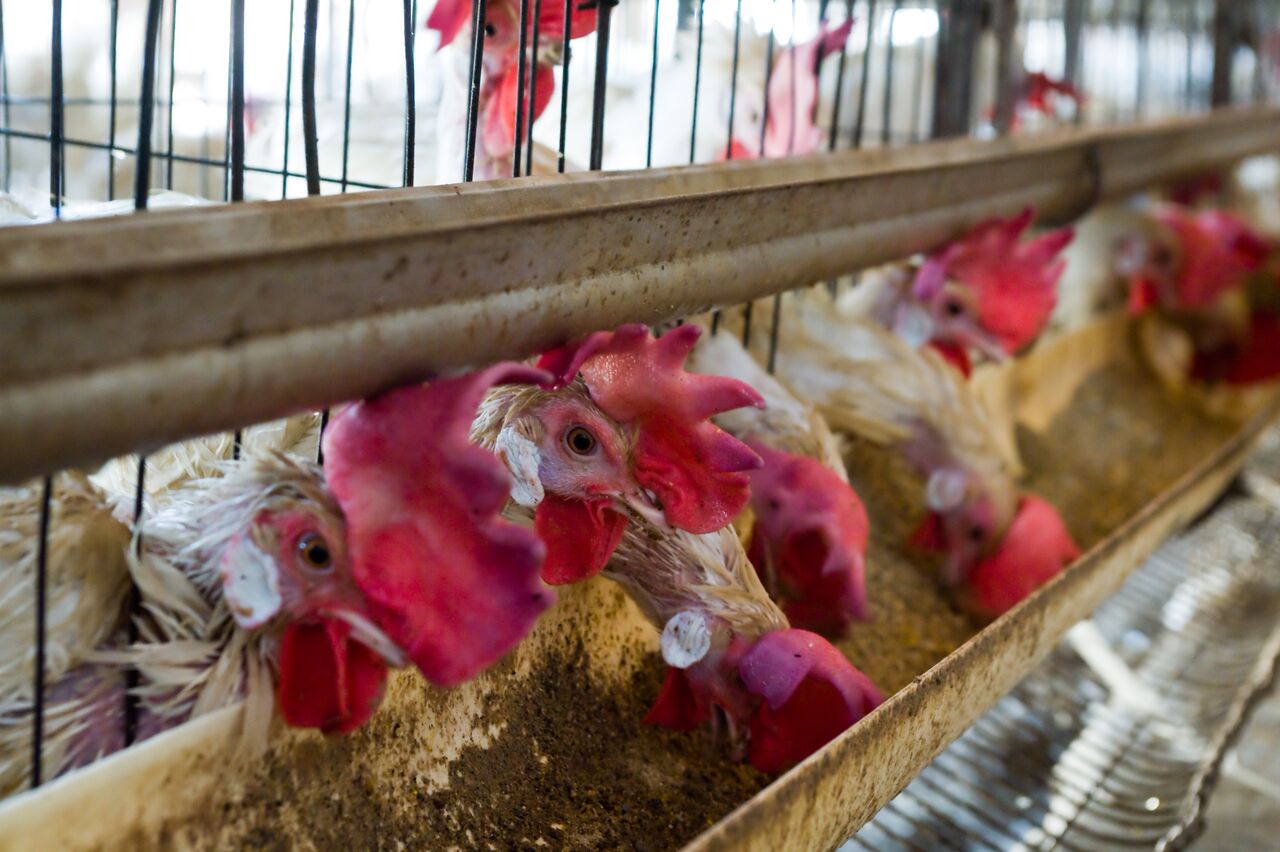Reducing overcrowding which breeds disease

The same factors that compromise animal welfare in industrial farm settings- including inadequate ventilation, high stocking density, poor litter conditions, poor hygiene, high ammonia levels, concurrent diseases and secondary infections, are, according to industry trade journal World Poultry, what makes intensive poultry facilities such “ideal … breeding grounds for disease”.
On the other hand, non-industrial systems (our backyard farmers!) tend to promote greater genetic diversity amongst their animals, and give animals a less crowded and therefore less stressful environment. This also reduces antibiotic use, and therefore minimises the risk of emergence of new disease strains.
While it’s often argued that industrial agriculture is necessary to provide food security, in reality the opposite is true. A system that does not protect the land and other natural resources that it exploits cannot in the long-term support food security. The Innovative Poultry Production Project recognises this, and exemplifies the approach needed to ensure that viable alternatives to commercial agriculture are supported and funded.